Carrying cases are designed to provide safe storage and transportation for various kinds of sensitive equipment. Examples of such equipment include televisions, handheld tools, musical instruments, sales posters, firearms, cameras, and computers. Industries such as telecommunication, medical, aerospace, digital, manufacturing, sales, music, defense, photography, and many more depend on carrying cases for their day-to-day functions. Read More…
One of the top carrying case suppliers, Princeton Case West provides quality carrying cases, custom cases, shipping cases, plastic cases, aluminum cases, tool cases, computer cases, instrument cases, transit cases and ATA cases. Princeton Case West offers custom foam inserts for varying applications. From design to delivery, Princeton Case West offers the complete package at affordable pricing.

Royal Case Company, as premium carrying case suppliers, designs carrying cases based on industry specifications, including athletics, industrial and law enforcement. Through versatility and innovation, Royal Case Company offers a diverse carrying case product line including computer cases, plastic cases, aluminum cases, instrument cases, transit cases, custom cases, shipping cases and tool cases.

Our cases come in various configurations such as soft sewn cases, hard cases, model cases, exhibit cases, and more. We are experts in contract sewing and there is no project too complex for our experts. With manufacturing experience dating back to 1994 we are confident we can provide you with a top of the line custom carrying case.

Custom Case Group (CCG) partners with Pelican, Anvil, Zarges, and Wilson to create custom cases for the aerospace, equipment, fire/rescue, hazmat, industrial, medical, military, OEM, oil and gas, shipping, and trade show industries. We also feature DroneHangar, a line of custom cases for drones and UAV/unmanned vehicles. Our engineers specialize in custom rackmount, carrying and shipping cases....

SBC Case Industries has provided carrying case solutions for over 22 years, and has proven to be elite carrying case manufacturers. SBC Case provides premium carrying cases to customers such as Home Depot and SaskTel. SBC Case is one of few carrying case companies that provide such a wide carrying case product range at a single source, including custom carrying cases, soft cases and hard cases.

S3 manufactures waterproof, crushproof cases and participates in the sale of HPRC cases of Italy. All S3 cases are made in the U.S. with stainless steel pins and high impact ABS. All cases carry a lifetime warranty and are virtually indestructible. Give us a call today!

More Custom Carrying Case Manufacturers
The History of Carrying Cases
Before carrying cases gained frames and other modern features, merchants sold them as simple shapeless bags with handles, known as satchels. The term survives today, now broadly referring to soft bookbags and purses with crossbody straps and flaps.
The first person to patent a structured carrying case was a Parisian named Godillot of Paris. His 1826 patent featured a hinged iron frame, creating what became known as a carpet bag, which soon gained popularity as luggage.
In the 1850s, merchants introduced briefcases to hold business papers and act as portable desks for the growing number of businessmen. This evolution in luggage continued with the introduction of steamer trunks—heavy, sap-waterproofed wood and iron trunks used by passengers to transport personal items on trains and ships.
As travelers began carrying their own luggage, the demand for lighter, more manageable cases increased. This led to the creation of leather carrying cases. By 1897, these were advertised as “suitcases.” The rise of air travel in the late 1940s led to further innovation, and in 1950, the Rimowa company released the first aluminum cases for aircraft. The 1960s saw the introduction of wheeled trolleys to help travelers navigate busy terminals. In 1972, Bernard Sadow combined luggage and trolleys into one, patenting “rolling luggage.” This innovation was a success, and rolling suitcases became a staple.
In 2000, Rimowa once again innovated, releasing the first luggage carrying case made from polycarbonate.
Today, carrying cases serve purposes beyond luggage and papers. Globalization has allowed businesses to market their products worldwide, and custom cases have become integral to this effort. Advances in manufacturing processes like molding and extruding now enable the mass production of carrying cases that protect even the most sensitive instruments. As time progresses, carrying cases are expected to become even better equipped to meet market needs.
Design
Production Process
Manufacturers follow a systematic process to produce carrying cases, beginning with the primary forming process and moving to secondary processes, which include attaching components like handles and wheels. They use various methods to fabricate carrying cases, typically integrating CNC technology to enhance precision and maintain tight tolerances while minimizing human error. The production processes can be categorized based on the type of cases: soft, hard plastic, or metal.
For soft cases, manufacturers often opt for sewing or heat fusing the material. They may also treat the material to imitate different textures and appearances, such as faux leather, through techniques like weaving, embossing, embroidering, laminating, screen printing, stamping, or heat sealing. To enhance functionality, they add features such as pockets, zippers, hooks and loops, snaps, and flaps. For additional structure, they can incorporate metal, wooden, or plastic frames, or laminate PVC fabric to fiberboard for stiffness.
When producing hard plastic cases, manufacturers may use blow molding, rotational molding, or injection molding.
- Blow molding starts with creating a parison, a piece of plastic with a hole at one end, which is then clamped into a mold, heated, and inflated with compressed air until it conforms to the mold shape. After cooling and hardening, the piece is removed and finished. Blow-molded cases are cost-effective, providing low to medium impact resistance.
- Rotational molding (Rotomolding ) involves moving a parison through a series of revolving molds until it achieves the desired shape. This method is ideal for making complex custom cases, offering excellent shock and pressure resistance and superior grain flow strength.
- Injection molding involves injecting molten plastic into a closed mold cavity, where pressure and sometimes heat are applied to shape the plastic. Once cooled and solidified, the piece is removed from the mold.
For metal carrying cases, manufacturers start by roll forming metal sheets and extruding a frame, typically from steel or aluminum. These sheets are then bent into the desired shape and attached to the frame through welding or screwing. To enhance durability, manufacturers often reinforce the corners with metal panels.
Materials
Some of the most common materials used for soft custom carry cases include nylon, neoprene, PVC fabric, and polyester. Leather is also an option, but it is typically reserved for high-end briefcases or luggage due to its higher cost. For hard cases, manufacturers commonly use materials such as plywood, polypropylene, ABS, aluminum, steel, acrylic, carbon fiber, fiberglass reinforced polyester (FRP), low-density polyethylene (LDPE), high-density polyethylene (HDPE), and other hard plastics.
Every type of carrying case, except for rackmount cases, features a foam liner for padding. For custom needs, this padding can be cut to fit particular objects. Depending on the required impact absorption, the foam insert may be either open-cell or closed-cell.
Considerations and Customization
Carrying case manufacturers offer a wide range of shapes, sizes, dimensions, and materials. Whether you are looking for a stock item with standard dimensions or a custom case, suppliers can meet your needs. Their designs are based on factors such as required case strength, sensitivity of the contents, weight, size and shape of the contents, required cushioning, preferred transportation style (hand carrying, rolling, toting, etc.), aesthetic preferences, security, budget, and standard requirements. Manufacturers can customize not only the material, lining, and dimensions of your carrying case but also the hardware. They can add various accessories to enhance its functionality. For more information, consult your supplier.
Types
Hard Cases
Hard cases feature rigid outer shells crafted from robust materials like aluminum, plastic, or laminated plywood. They are designed to protect their contents against crushing, shock, and impact, and are often waterproof.
Soft Cases
Soft cases are made from flexible materials such as neoprene, vinyl, suede, canvas, or leather. They are generally less expensive than hard cases and come in various shapes, sizes, and colors. Soft cases can be sewn by machine or by hand, tailored to meet different consumer needs.
Rotationally Molded Plastic Cases
Rotationally molded plastic cases are durable, waterproof, and capable of protecting sensitive equipment from harsh conditions. These cases are ideal for industrial and heavy-duty settings, used for shipping, transit, and storing tools. They can be reinforced with fiberglass for added stiffness and durability.
Aluminum Cases
Aluminum cases are designed to carry delicate items like wine glasses, gaming equipment, and lab microscopes, offering superior impact protection. Commonly used as transit or shipping cases, they range in size from standard briefcases to large shipping boxes.
ATA shipping cases
Originally manufactured for airline shipment, ATA shipping cases are now widely used for music, sound, and electronic equipment. True ATA cases meet strict Air Transport Alliance shipment regulations, featuring steel ball corners, steel hinges, stress testing, and laminated handling. Some companies offer similar cases that do not strictly meet ATA requirements but are fabricated in a similar manner.
Transit Cases
Transit cases are designed to transport contents in extreme conditions, such as military combat. Highly dependable and durable, they are fabricated from materials that offer different strength-to-weight ratios, each with unique benefits.
Rackmount Cases
Rackmount cases are a type of transit case that meets military specifications and is airtight and waterproof. Made from aluminum or ultra-durable plastic, they feature an inner frame mounted to the exterior with shocks. This design offers more reliable shock absorption and protection than foam padding, safeguarding contents from rugged terrain.
Advantages of Carrying Cases
Carrying cases provide significant benefits across various industries and for individuals alike. They enhance the efficiency of global shipping by ensuring safe and reliable transport of products.
Different carrying cases can be designed to be air- and watertight, offering resistance to electromagnetic interference and achieving a favorable strength-to-weight ratio. While blow-molded cases are not recommended for high-impact applications, they are well-suited for low to medium-impact transportation needs.
Accessories
To enhance both functionality and style, manufacturers can outfit carrying cases with a range of accessories. These might include locks, drawers, pockets, bins, trays, adjustable compartments, twist latches, recessed handles, spring-loaded handles, shock mounts, wheels, heavy-duty swivel casters, rubber gaskets, straps, stacking lugs, molded tracks, buckles, logos, labels, embroidery, zippers, and beading. Consult with your manufacturer to get an estimate of the costs associated with these additions and embellishments.
Standards
Depending on your industry and use, your carrying case will likely need to adhere to specific standards. For instance, if you’re storing or transporting items for military purposes, such as food supplies or munitions, the case must comply with all relevant military specifications (mil specs). Additionally, cases often need to meet ATA standards. If ATA certification is required, ensure that your manufacturer provides genuine ATA cases. Standards also apply to cases used for imports/exports, medical supplies, instruments, and other applications. To determine the exact standards your carrying case must meet, consult with leaders in your industry.
How to Choose the Right Manufacturer
In a world where carrying cases are so common, it can be overwhelming to choose the right supplier. With many options available, it’s easy to feel confused about how to select a reputable manufacturer. To assist you, we’ve curated a list of top-tier carrying case companies that are both reliable and experienced. You can trust that you’ll find a suitable option among them.
Begin by listing your application requirements and budget. Remember, with the right manufacturer, you can achieve a balance of affordability and quality. Once you have your specifications, explore the company profiles provided here. Compare their services with your needs, narrow down your choices to three or four promising candidates, and request quotes from each. If possible, have a phone conversation to assess their customer service. After evaluating your options, choose the company that best fits your needs and move forward with them.
Check out our Work Benches website
Check out our Blow Molding website




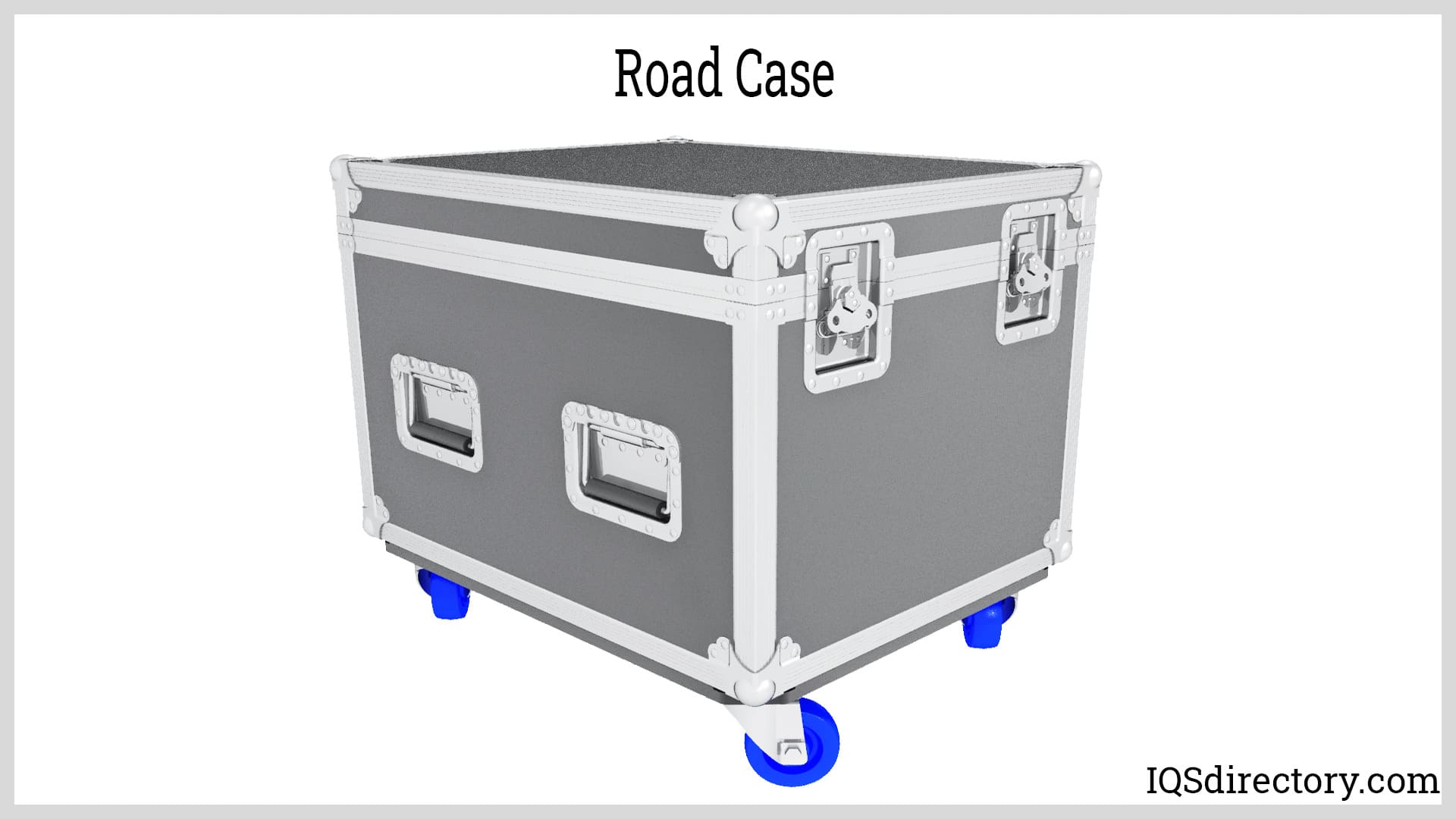



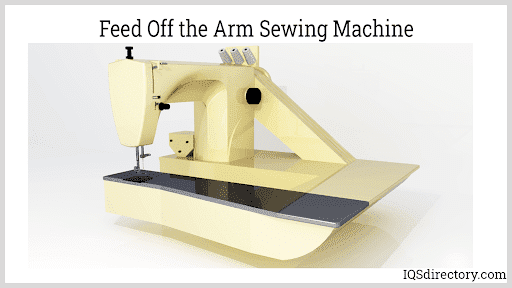
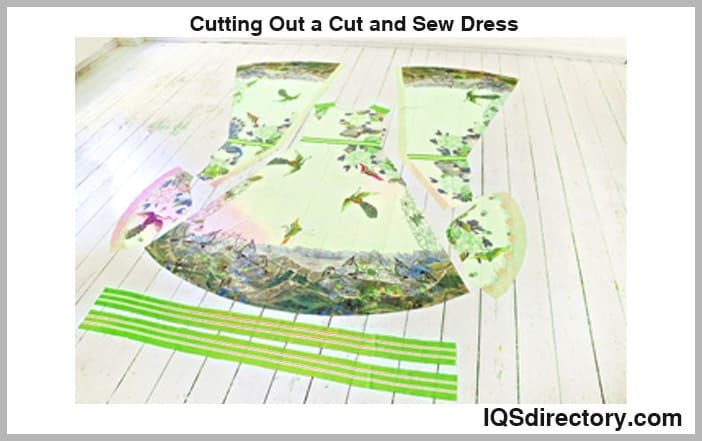

 Cardboard Tubes
Cardboard Tubes Carrying Cases
Carrying Cases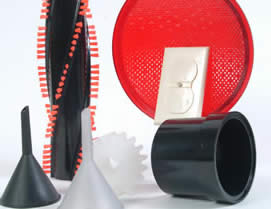 Contract Packaging
Contract Packaging Corrugated Boxes
Corrugated Boxes Dot Peening Machines
Dot Peening Machines Labeling Machinery
Labeling Machinery Marking Machinery
Marking Machinery Packaging Equipment
Packaging Equipment Palletizers
Palletizers Plastic Bags
Plastic Bags Sewing Contractors
Sewing Contractors Tape Suppliers
Tape Suppliers Castings & Forgings
Castings & Forgings Bulk Material Handling
Bulk Material Handling Electrical & Electronic Components
Electrical & Electronic Components Flow Instrumentation
Flow Instrumentation Hardware
Hardware Material Handling Equipment
Material Handling Equipment Metal Cutting Services
Metal Cutting Services Metal Forming Services
Metal Forming Services Metal Suppliers
Metal Suppliers Motion Control Products
Motion Control Products Plant & Facility Equipment
Plant & Facility Equipment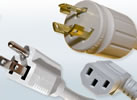 Plant & Facility Supplies
Plant & Facility Supplies Plastic Molding Processes
Plastic Molding Processes Pumps & Valves
Pumps & Valves Recycling Equipment
Recycling Equipment Rubber Products & Services
Rubber Products & Services